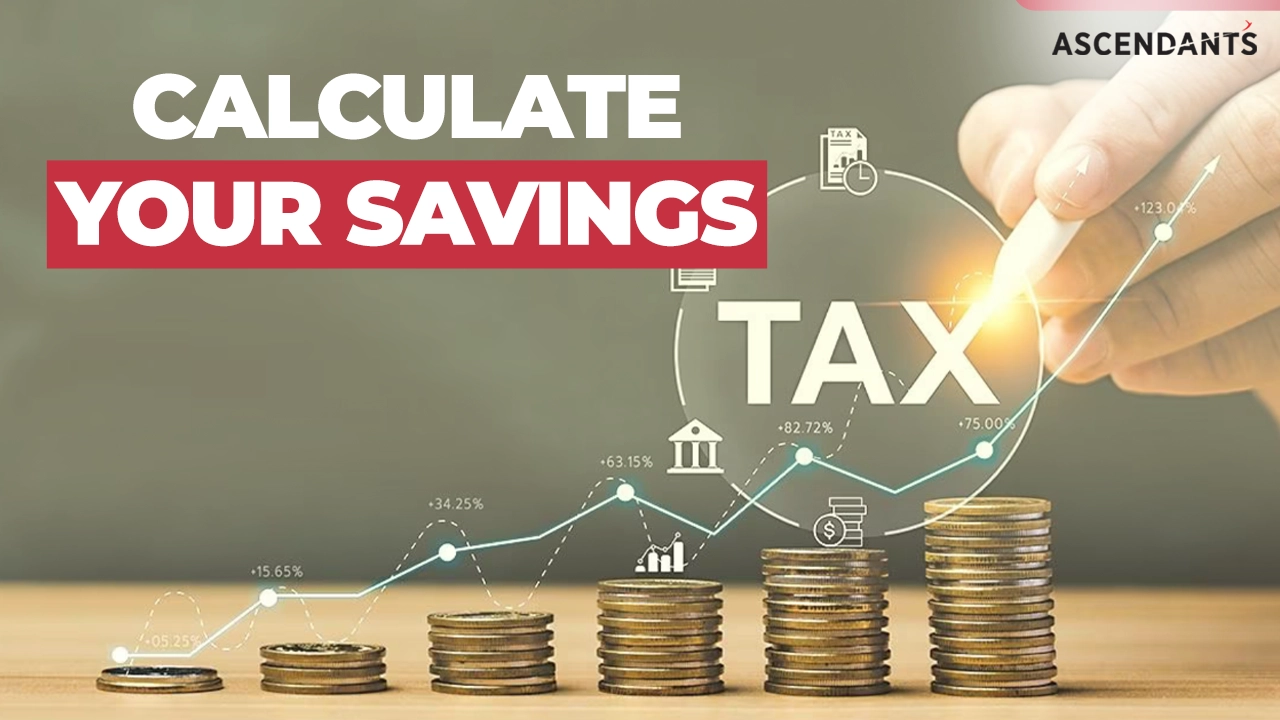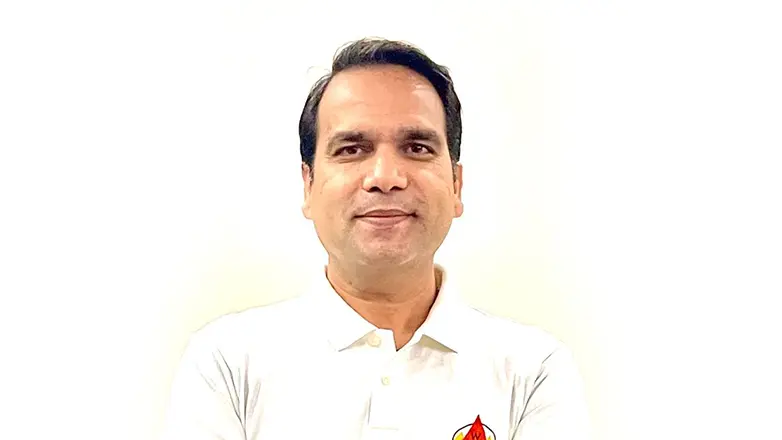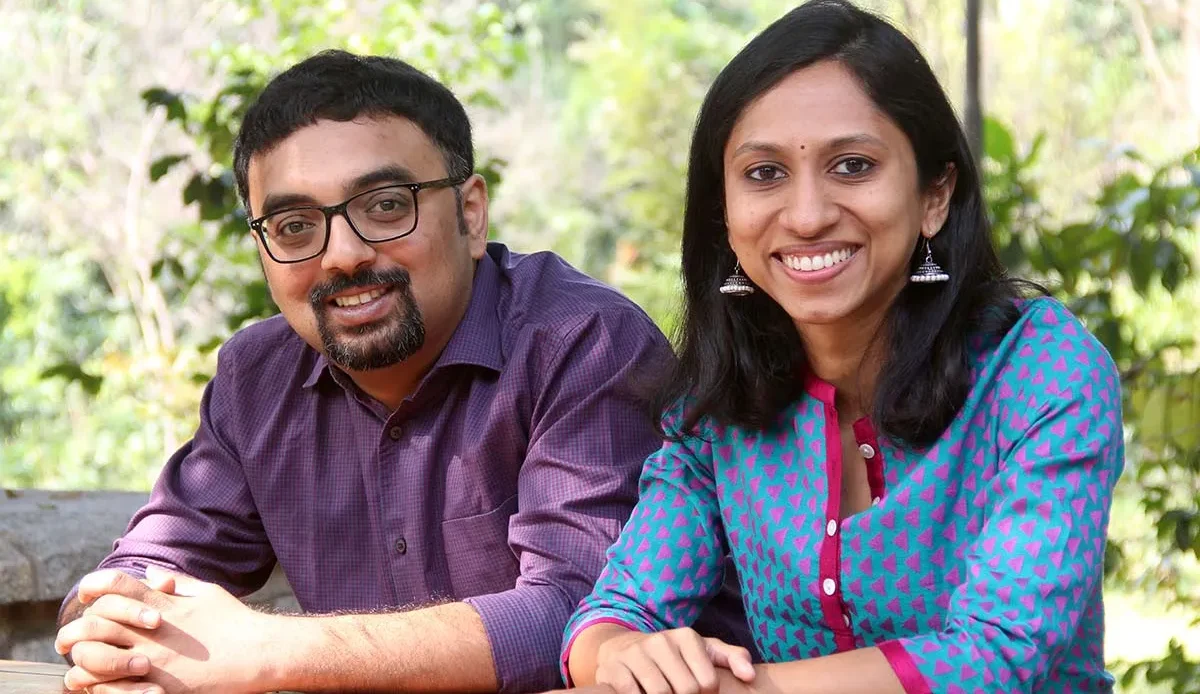Budget 2025 has introduced significant changes in the tax structure, particularly benefiting the middle class. Finance Minister Nirmala Sitharaman announced that under the new tax regime, income up to ₹12 lakh will be tax-free. However, there has been some confusion regarding the tax slabs, especially the 5% tax levied on income between ₹4 lakh and ₹8 lakh. Let’s detail the new tax regime and how it affects taxpayers.
Understanding the New Tax Regime
The key highlight of the Budget 2025 is the tax-free income up to ₹12 lakh.
Here’s a closer look at the updated tax structure:
| Income Range | Tax Rate |
|---|---|
| ₹0 – ₹4 lakh | ₹0 |
| ₹4 lakh – ₹8 lakh | 5% |
| ₹8 lakh – ₹12 lakh | 10% |
| ₹12 lakh – ₹16 lakh | 15% |
| ₹16 lakh – ₹20 lakh | 20% |
| ₹20 lakh – ₹24 lakh | 25% |
| Above ₹24 lakh | 30% |
What is the Tax Rebate and How Does It Work?
To address the confusion regarding the 5% tax on income between ₹4 lakh and ₹8 lakh, it’s important to understand the tax rebate provision under Section 87A of the Income Tax Act, 1961. Under the new tax regime, the government provides a tax rebate, which means taxpayers are eligible to get a reduction in their tax payable.
Read More : Union Budget 2025: Major allocations for defence, renewable energy & tax reforms
Tax Rebate in the Old Tax Regime
The old tax regime allows a ₹2.5 lakh tax exemption for income, with an additional ₹5 lakh tax-free due to the 87A rebate. This results in ₹5 lakh of your income being completely tax-free under the old regime.
Tax Rebate in the New Tax Regime
The new tax regime increases the tax-free income limit to ₹12 lakh (including the ₹75,000 standard deduction). As a result, 12.75 lakh becomes the maximum amount of tax-free income under the new tax system.
Breakdown of New Tax Slabs
Let’s break down how the new tax slabs will work practically using some examples:
- Income ₹4 lakh
If your income is ₹4 lakh, you are exempt from paying any tax. However, if your income exceeds ₹4 lakh, you’ll fall under the 5% tax bracket, which means the next ₹4 lakh (from ₹4 lakh to ₹8 lakh) will be taxed at 5%. - Income ₹8 lakh
If your income crosses ₹8 lakh, the tax calculation would work like this:- ₹4 lakh to ₹8 lakh taxed at 5%, which equals ₹20,000.
- ₹8 lakh to ₹12 lakh taxed at 10%, which equals ₹40,000.
Total tax = ₹60,000. But with the 87A rebate, this tax will be nullified.
- Income ₹12 lakh
If your income is ₹12 lakh, the calculation would look like this:- ₹4 lakh to ₹8 lakh taxed at 5% (₹20,000)
- ₹8 lakh to ₹12 lakh taxed at 10% (₹40,000)
- After applying the rebate, the total tax payable is ₹0.
- Income ₹12 lakh to ₹16 lakh
- ₹12 lakh to ₹16 lakh taxed at 15%.
- Tax: ₹60,000. Total tax payable: ₹60,000.
- Income ₹16 lakh to ₹20 lakh
- ₹16 lakh to ₹20 lakh taxed at 20%.
- Tax: ₹80,000. Total tax payable: ₹80,000.
- Income ₹20 lakh to ₹24 lakh
- ₹20 lakh to ₹24 lakh taxed at 25%.
- Tax: ₹1 lakh. Total tax payable: ₹1 lakh.
- Income Above ₹24 lakh
- For income exceeding ₹24 lakh, the 30% tax is applicable. Total tax payable: ₹10.8 lakh (for ₹50 lakh income).
The 87A Rebate Explained
Section 87A is a tax rebate provided to individual taxpayers. In the new tax regime, the government has extended the rebate to benefit those earning up to ₹12.75 lakh. Here’s how it works:
- If your total income is ₹12 lakh or less, your tax payable will be ₹0 due to the 87A rebate.
- For income exceeding ₹12 lakh, the rebate is no longer applicable, and you move into the next higher tax bracket.
Key Highlights of the New Tax Regime
- Income up to ₹12 lakh remains tax-free under the new regime, with the standard deduction factored in.
- Tax is levied in progressive slabs starting at 5% for income between ₹4 lakh and ₹8 lakh, 10% for income between ₹8 lakh and ₹12 lakh, and so on.
- The 87A tax rebate ensures that you pay no tax for income up to ₹12.75 lakh.
- Once your income exceeds ₹12 lakh, you will pay taxes at higher rates, depending on the income bracket.
Conclusion
The approach shown under Budget 2025 indicates some amount of direct relief provided to those who are salaried individuals and earning below 12-12.75 Lakhs. However, there is scope for greater investment in employment generation to enable the people to earn the money in these tax brackets.
There is still an impending confusion of rebate that as claimable by those falling under the 5% Tax Slab for earning between ₹4 lakh and ₹12 lakh . The solution for this lies in a comprehensive understanding of 87A Rebate Form.
India is home to an increasing number of Start-Ups which require initial levels of capitals, and often employ gig workers who may be remotely based. The current relief shines no specific light or rebates being accrued to this section of the workers. India also has a major issue to address in terms of hosting a shadow economy, which often goes unnoticed, the current Income tax structure of direct benefits also fails to shine a light on the same.
The new tax system introduces a fair approach to taxation by ensuring that low-income earners and middle-class families benefit significantly, while still maintaining a progressive tax structure for higher-income groups.






















